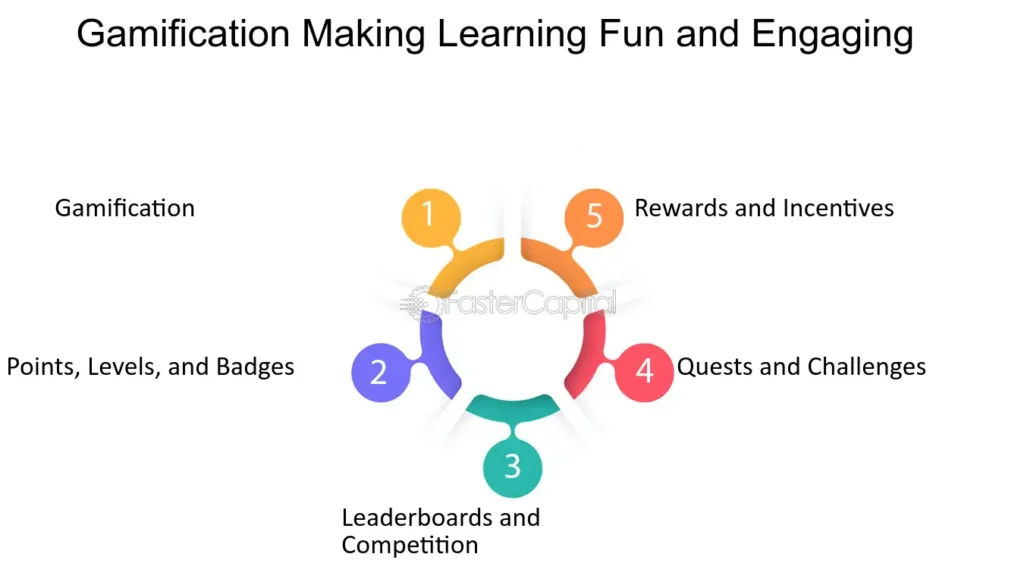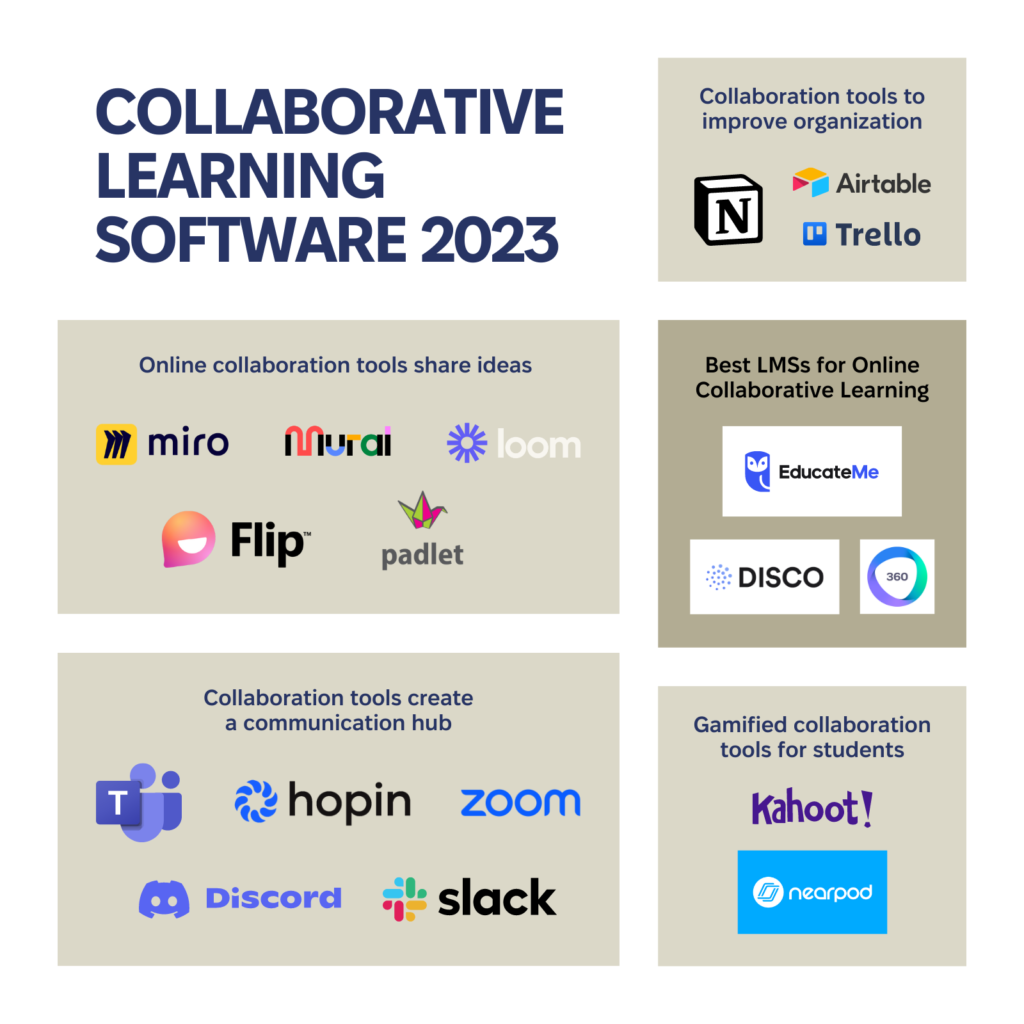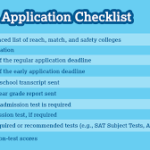Education is changing fast, thanks to technology. Digital learning platforms are leading this change, making learning smarter, more flexible, and accessible to everyone. These platforms are reshaping how we learn, teach, and grow. Let’s dive into the top trends in digital education that are shaping the future of learning.
1. AI-Powered Personalized Learning

Artificial Intelligence (AI) is making learning more personal. Digital platforms now use AI to understand how each student learns, their strengths, and areas where they need help. This helps create custom learning plans. For example:
– Platforms like Knewton and DreamBox adjust lessons based on how well a student is doing.
– AI tools give instant feedback, helping students improve faster.
This means every student gets a learning experience tailored just for them.
2. Gamification: Learning Made Fun

Gamification is making learning more engaging by adding game-like features such as points, badges, and leaderboards. This keeps learners motivated and excited. Examples include:
– Duolingo: Makes language learning fun with games and challenges.
– Kahoot: Turns quizzes into interactive competitions.
This trend not only makes learning enjoyable but also encourages teamwork and healthy competition.
3. Microlearning: Small Lessons, Big Impact
With busy schedules, many learners struggle to find time for long courses. Microlearning solves this by breaking content into small, easy-to-digest chunks. Features include:
– Short videos, quizzes, and infographics that take just minutes to complete.
– Platforms like Blinkist and Quizlet offering quick, focused lessons.
This trend is perfect for busy professionals and students who want to learn on the go.
4. Immersive Learning with VR and AR
Virtual Reality (VR) and Augmented Reality (AR) are making learning more interactive and exciting. These technologies create virtual worlds where learners can explore and practice. Examples include:
– Medical students practicing surgeries in a virtual environment.
– History students exploring ancient civilizations through AR.
Platforms like Google Expeditions and zSpace are leading the way in this trend.
5. Collaborative Learning Tools

Digital platforms are making it easier for students and teachers to work together. Tools like:
– Microsoft Teams and Google Classroom for group projects and discussions.
– Miro for virtual brainstorming and sharing ideas.
This trend helps students develop teamwork and communication skills, which are essential in today’s world.
6. Lifelong Learning and Upskilling
Learning doesn’t stop after school or college. Digital platforms are helping professionals learn new skills throughout their careers. Examples include:
– Coursera and edX offering certifications and degrees.
– LinkedIn Learning providing courses for career growth.
This trend shows that education is now a lifelong journey.
7. Accessibility and Inclusivity
Digital platforms are making education more accessible to everyone. Innovations include:
– Tools like Otter.ai for real-time transcription, helping students with hearing difficulties.
– Content available in multiple languages for global learners.
This ensures that education reaches people no matter where they are or what challenges they face.
8. Data-Driven Insights for Teachers
Teachers are using data from digital platforms to improve their teaching. These tools help them:
– Identify where students are struggling and provide extra help.
– Track progress and adjust lessons as needed.
Platforms like Schoology and Canvas are making teaching more effective with data.
9. Mobile-First Learning
With smartphones everywhere, digital platforms are focusing on mobile-friendly learning. Features include:
– Easy-to-use apps and interfaces.
– Offline access to materials for learning on the go.
This trend reflects the growing preference for learning anytime, anywhere.
10. Focus on Mental Health
Digital platforms are now supporting learners’ mental health. Examples include:
– Meditation and mindfulness exercises on platforms like Headspace.
– Tools to help students manage stress and balance their lives.
This trend shows that education is not just about academics but also about well-being.
The Future of Smart Learning
The future of digital education looks bright, with exciting innovations on the horizon. These include:
– AI-powered virtual tutors for real-time help.
– Blockchain for secure and verifiable certifications.
– Global learning communities connecting students and teachers worldwide.
Final Thoughts
Smart learning is changing education for the better. Digital platforms are making learning more personalized, engaging, and accessible. By embracing these trends, we can unlock the full potential of education and create a future where everyone can learn and grow.
The possibilities are endless. By staying updated and adapting to these trends, we can build a world where education is inclusive, flexible, and empowering for all.











